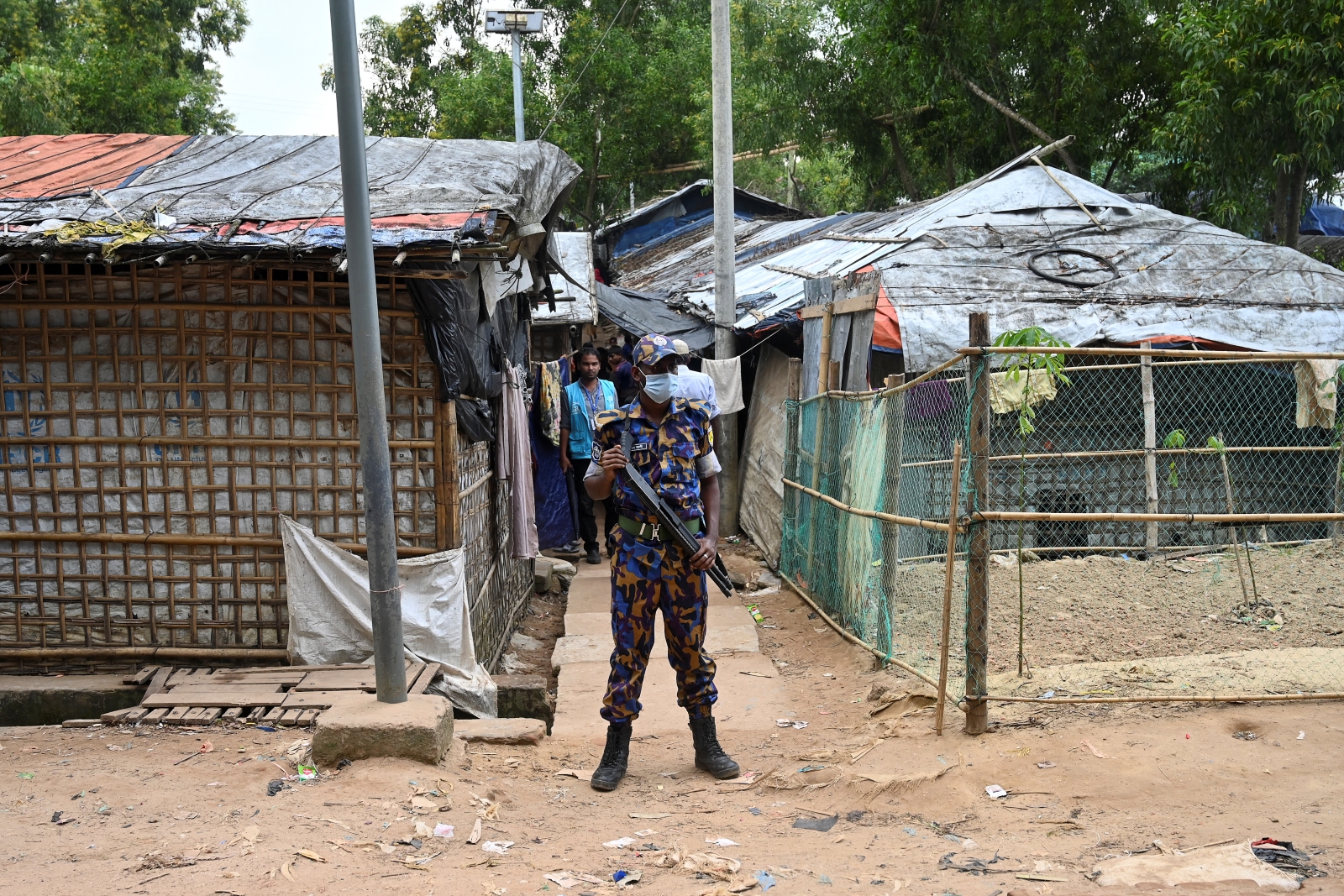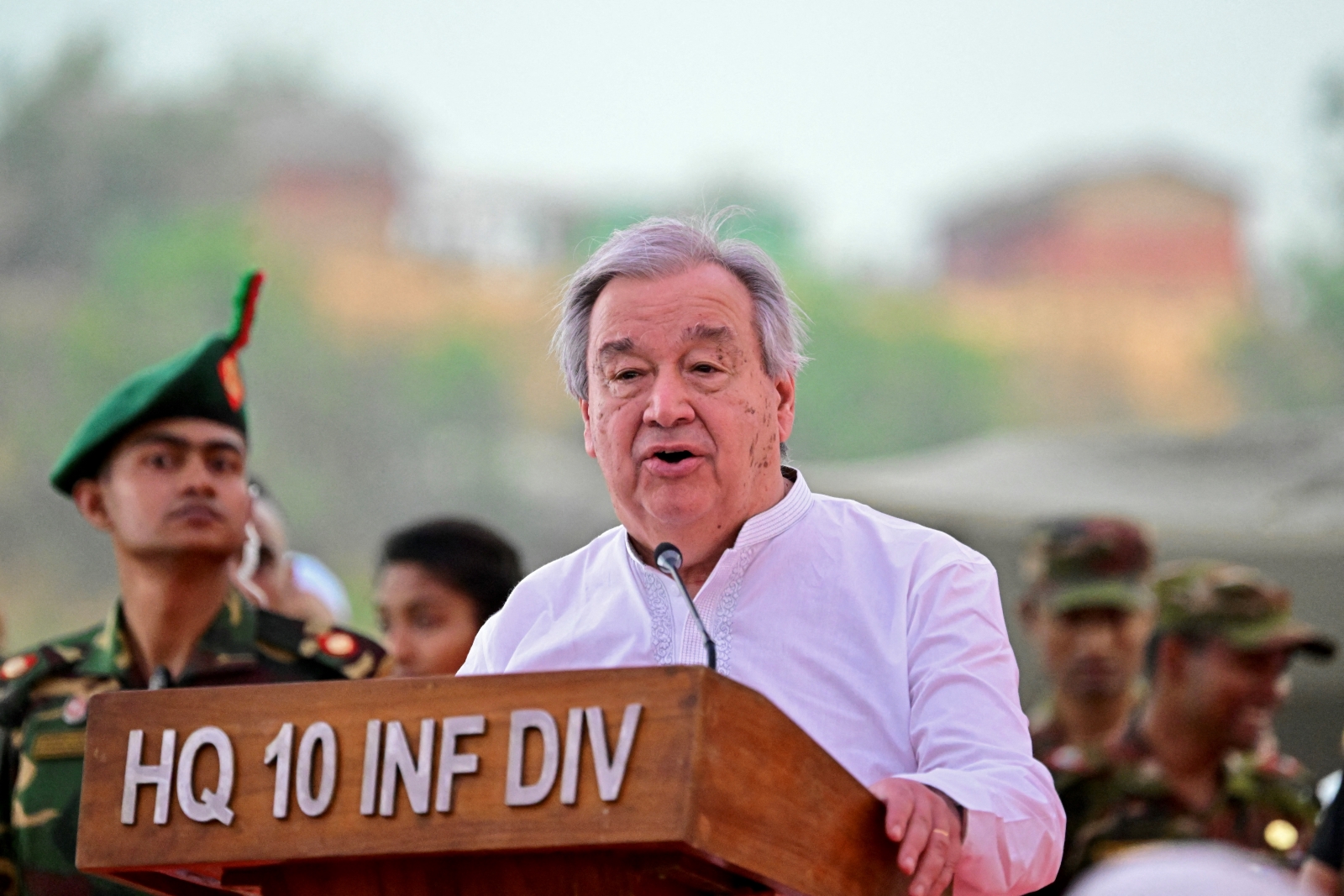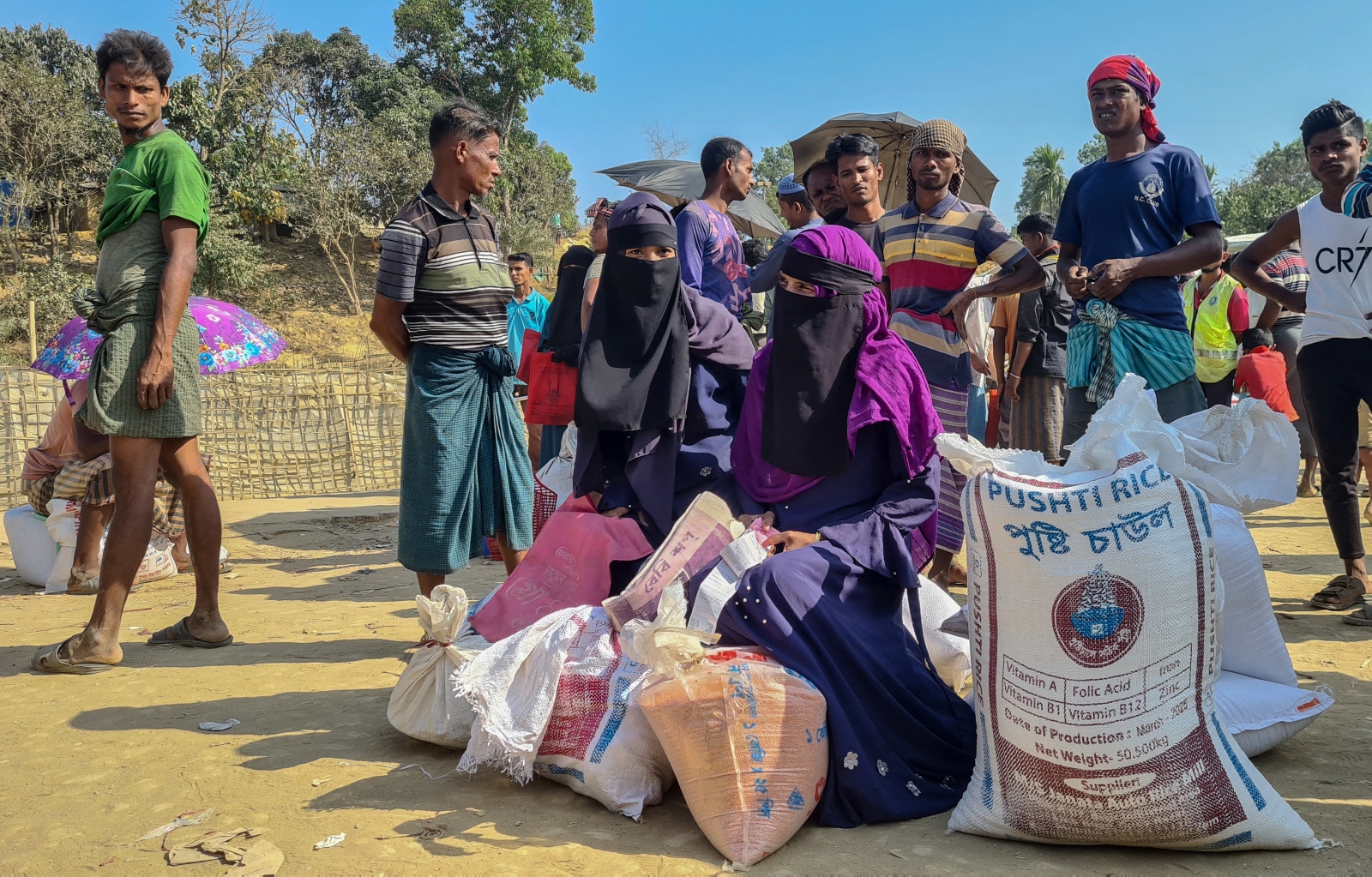By OLIVER SLOW | FRONTIER
YANGON — As monsoon season approaches in southern Bangladesh, concerns are growing about the impact heavy rains and flooding will have on those in the sprawling camps south of Cox’s Bazar.
Almost 700,000 people – overwhelmingly Muslim Rohingya – have fled to Bangladesh since August last year, after Arakan Rohingya Salvation Army attacks prompted a brutal Tatmadaw clearance operation. Most refugees are living in precarious shelters made of little more than bamboo and a piece of tarpaulin, and crammed into areas once home to dense forest and rice paddies.
Humanitarian organisations in southern Bangladesh estimate at least 100,000 people could be at risk from flooding and landslides.
“The monsoon and cyclone seasons in Cox’s Bazar could create a disaster within a disaster,” Ms Daphnee Cook, Save the Children’s communications and media manager in Cox’s Bazar, told Frontier by email. “We’re especially concerned about how it will impact children, who are particularly vulnerable in times of disaster. They can be more easily washed away in flood waters, and are more susceptible to disease and illness.”
Support more independent journalism like this. Sign up to be a Frontier member.
Southern Bangladesh’s monsoon reason typically runs from April to October, peaking in June, July and August. Cook said it will “almost certainly” wreak havoc in the camps, destroying shelters, flooding roads and low-lying settlements, smashing bridges and creating dangerous landslides.
A humanitarian worker in Cox’s Bazar who spoke to Frontier on condition of anonymity said the 100,000 estimate is conservative, as it doesn’t take into account shelters being blown or washed away.
“The figures are likely to be in the hundreds of thousands,” the worker said. “A high number of deaths are expected, with preparations being made for management of corpses.”
A Rohingya refugee in southern Bangladesh told Frontier that many in the camps were concerned about the threat of flooding, as well as elephants coming into the camps and the repatriation programme being pushed by the Myanmar government.
“If you look at the camps, you can see many structures on and over the hills,” said the refugee, whose name Frontier has chosen not to publish. “There are many huts that can be broken down during the monsoon, and many structures on the hills can easily fall down.”
Ms Vivian Tan, a spokesperson for the United Nations Refugee Agency, told Frontier that refugees in southern Bangladesh were also at a high risk of disease outbreaks caused by the heavy rainfall.
“Key services such as latrines, tube wells and health centres could be washed away. Access to the roads to the settlements could be blocked, making it hard to provide emergency aid,” she said.
Humanitarian groups say they are taking precautions ahead of the monsoon. The International Organization for Migration said in a statement on February 27 that it is providing search and rescue training, establishing emergency medical centres, and upgrading shelters. It is also working to establish disaster risk reduction safety committees that will warn refugees about what to expect when the storms arrive.
“With emergency situations inevitable when the rains hit, it is crucial we work together now to limit disaster as much as possible before it occurs,” said Mr Manuel Marques Pereira, IOM’s emergency coordinator in Cox’s Bazar. “We need to be able to respond swiftly and effectively during crisis events.”
IOM also said that the scale of the refugee population, the lack of suitable land and the challenging environmental conditions made it impossible to move everyone at risk.
Other measures being taken include the dredging and widening of canals to increase water flow and prevent flooding, and the construction of bamboo-reinforced footpaths and stairs.
“To date, more than 350 families living in a flood-affected area have been relocated, and more land is being sought to move refugees from the most precarious areas,” said Tan from UNHCR. “We’re also informing refugees about risks and responses, including through early alert systems. As part of the monsoon preparations, UNHCR is also working with the government and partners to pre-position materials and heavy-lifting machinery.”
But about a month before the first monsoon rains are expected to arrive, time is running out.
The humanitarian worker, who spoke on condition of anonymity, said that because humanitarian resources were extremely stretched, just meeting basic needs was a constant challenge. The worker also said that preparation efforts were being slowed down by the bureaucratic government approval process in Bangladesh, and were being “exacerbated by some dysfunction at the sector coordination level”.
“This means more people will die than if approval processes were prompt and coordination better,” the worker said. “The Bangladesh government’s welcome of refugees is admirable, but they must immediately hasten approval processes to ensure better and faster life-saving preparations can be made for monsoon season.”







